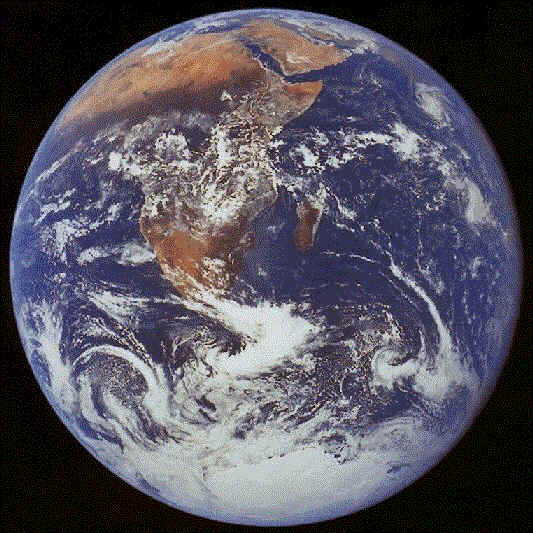 |
HOW DO YOU CHANGE THE WORLD? |
 |
How do you change
the world? Most people would suppose it's done by
changing its political arrangements, and the political
revolutions of the last 200 years have based themselves on the
same assumption.
Revolutionary agendas, anxious to change the world as quickly as
possible, have tried to do it by fiat, by telling people how they
ought to behave, by using the rule of law to force the social
fabric to read-just itself into the new pattern. The almost
invariable failure of such revolutions, and the sometimes
horrible consequences of those failures, out to alert us that
something might be wrong with the whole approach.
The assumption is that all that matters about society are the conscious plans we make for it, as though, in fact, social structures were just skin-deep and had no independent life or creative energy of their own.
But the tendency of social structures to stubbornly reassert themselves after revolutions, though with a certain shuffling of who sits in the seats of power, has given people pause to think.
Increasingly, people are looking not at politics and governance as the primary sites for change, but at infrastructure. Infrastructure can be seen as the whole complex of ideas, assumptions, technologies, social values, and expectations that underlies any society, and which largely determines what sorts of action will be available to it. It's the loom, if you like, upon which the cloth of society weaves itself.
Infrastructure isn't invariable but it tends to change very slowly. And so it should, if you think about it, because it is the 'genetic material' of the society. Arrived at very slowly, by innumerable trails and errors, it represents the aggregated working experience, the 'creative solutions', of the society. It ought to be relatively stable, not too fickle, able to retain good and useful patterns for as long as they continue to work, resistant to arbitrary change.
So how can you effect things at the infrastructure level? By sowing the seeds of other ways of doing things and then seeing if they take root. At that level, you rely on consensus much more than decree, on people making good decisions not just because they want to be generous but because these evidently serve their own best interests. The Intermediate Technology workers who introduced many-times-as-efficient stoves into
Northern India may have done more to save the forests there than any number of unenforceable laws about logging, but for the people who used them, it was a simpler and cheaper way of cooking. The best infrastructure innovations often solve several problems at once; thus the new woodland burial grounds in the United Kingdom offer a solution to the problem of overcrowded cemeteries; lead to the planting of more native trees; give farmers a new source of income; reduce the demand for cremation with its pollution and waste; and provide cheaper funerals.
Such approaches to world changing are both acts of faith and of humility. The act of faith is to believe that humans, offered more promising tools, will make a better world for themselves and others. The act of humility is not to want to decide in advance what that world should look like, but to rely on human creativity to make something richer, more complex, and more unpredictable than you could ever have imagined.
| Ascent Foundation Homepage | Global Index |
Thanks For
Visiting, Please Come Again!
~ Ascent
Foundation ~